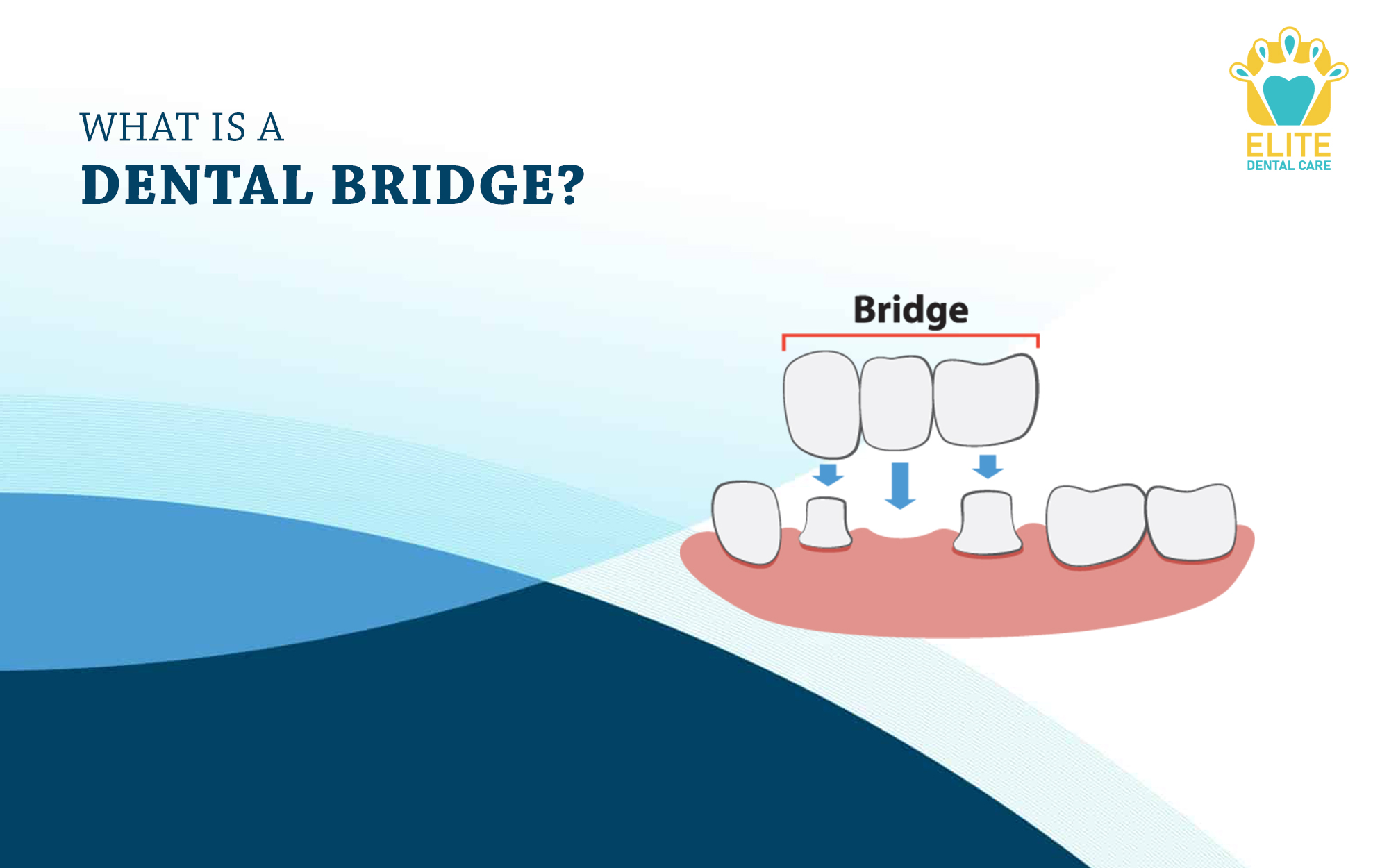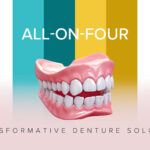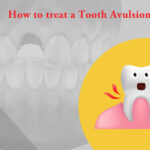
Uncategorized
edental
7 April 2021
WHAT IS A DENTAL BRIDGE – ELITE DENTAL CARE, TRACY
What happens if you have gaps in teeth? The aesthetic appearance of your smile gets diminished, and you face difficulty while chewing or speaking. The gap formed is filled with an artificial supplement or replacement, such as a dental bridge. Let’s dig around more on the types of dental bridge and how a dental bridge is useful.
DENTAL BRIDGE DEFINITION
A dental bridge is a replacement for your missing teeth or lost teeth. It is a custom-made false tooth that sits in the gap between the abutment teeth. A dental bridge closes the gap in your smile, making it easy to chew the food and speak.
WHY IS A DENTAL BRIDGE NECESSARY?
Cavities, tooth decays, gum diseases and accidental damages lead to tooth extraction, forming a gap in the mouth. When there are gaps between the teeth, it becomes difficult to chew the food. Also, the pronunciation of certain words gets disrupted, and you struggle with speaking. Along with these difficulties, your smile also loses the aesthetic appearance, and your face looks older than the actual age. To combat all these dental problems, a dental bridge gets installed in the gap.
Let’s find out what are the other advantages of using a dental bridge.
BENEFITS OF DENTAL BRIDGE
· Dental bridges are small, lightweight and sit well in the gap.
· It restores the natural look and function of the teeth.
· False tooth restores the complete smile that creates a good impression of yours.
· It also helps restore the normal chewing of food and speaking.
· The overbite, cross-bite problems are rectified, and equal force gets exerted on every teeth. This alleviates the pain caused due to improper stress on teeth and jaw.
· The adjoining teeth stay in place without shifting and forming further gaps or loosening out.
· Bridge maintains the ideal shape of the mouth.
TYPES OF DENTAL BRIDGE
There are mainly four types of dental bridges.
1. TRADITIONAL FIXED BRIDGE
This is the most common and traditional form of dental bridge deployed to close the dental gaps. Usually, a dental bridge consists of two main things: abutment teeth and pontics. Abutment teeth are the teeth on the side of the gaps that support the bridge. Crowns are placed on these abutment teeth that keep the dental bridge or pontics in place. Traditional bridges are made of metal or porcelain-metal or ceramics.
2. CANTILEVER DENTAL BRIDGE
While a traditional bridge requires two natural teeth and two crowns to be placed on either side of the gap, pontics in a cantilever bridge require only one natural tooth on the side. Only one crown is required, which is attached to the abutment tooth.
3. MARYLAND DENTAL BRIDGE
This type of dental bridge is usually used for the replacement of the front tooth. Similar to the traditional bridge, the Maryland bridge requires abutment teeth on both sides of the gap, but contrastingly it does not require crowns. Instead of crowns, these bridges employ frameworks made up of either metal or porcelain.
4. IMPLANT-SUPPORTED DENTAL BRIDGE
These are similar to that of traditional dental bridges except for being cemented in the gap they are held in place by implants. Placement of these bridges require two surgeries; one to embed the implant in the jawbone, and the second surgery to place the bridge into the implant. These are quite expensive compared to other alternatives but also offer a reliable option.
A dental bridge can effectively enhance your smile and close the gaps but post the procedure, proper oral hygiene is necessary to keep the false tooth and the adjoining teeth intact. Along with dental hygiene, also ensure that you limit the intake of sugary, sticky foods that cause plaque. If you would like to place a dental bridge in your mouth or wish to undergo any types of dental treatment, visit our clinic, The Elite Dental Care. You can also visit our blogs on https://theelitedental.com for more information on dental hygiene and oral health




